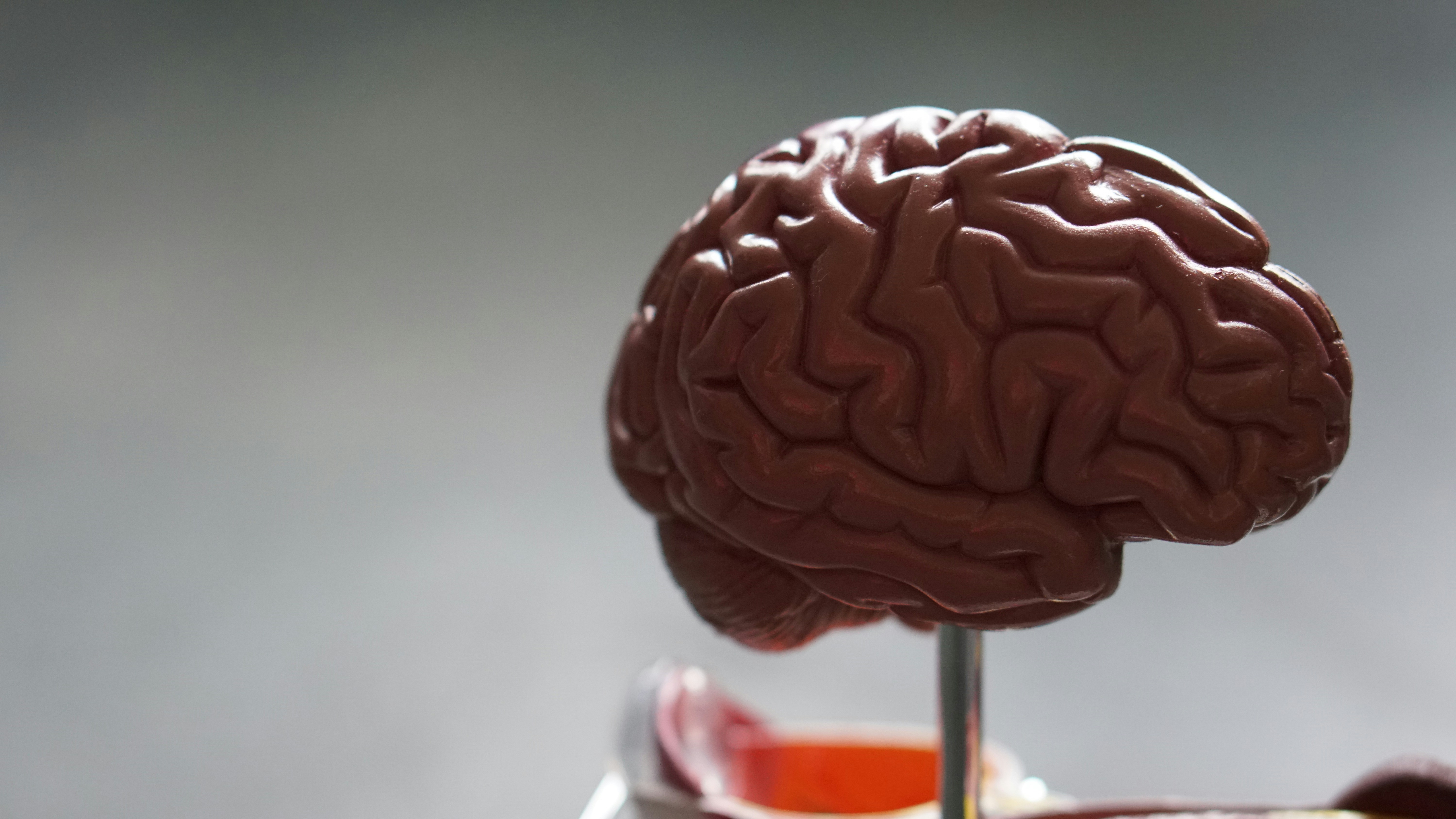Media release
From:
KAN-EEG: towards replacing backbone-MLP for an effective seizure detection system
Artificial intelligence (AI) is advancing with the Kolmogorov-Arnold Network (KAN), a new model architecture that improves seizure detection in epilepsy patients. We developed KAN-EEG, a specialized version designed to detect seizures accurately across datasets from three continents—North America, Europe, and Oceania—each collected with different recording equipment. Unlike traditional models, KAN-EEG adapts well to new, unseen data, showing a high level of generalisation and reliability. Importantly, it performs efficiently even with fewer parameters, minimizing overfitting risks. This study highlights KAN's potential as a powerful tool for medical diagnostics, demonstrating adaptability and accuracy essential for real-world healthcare applications



 Australia; NSW
Australia; NSW



